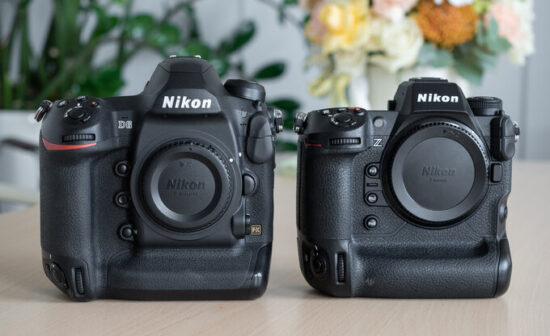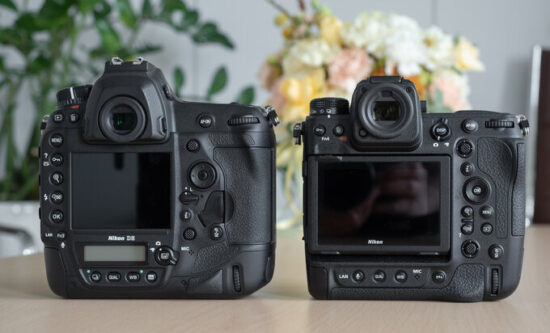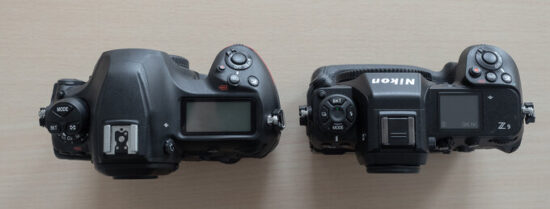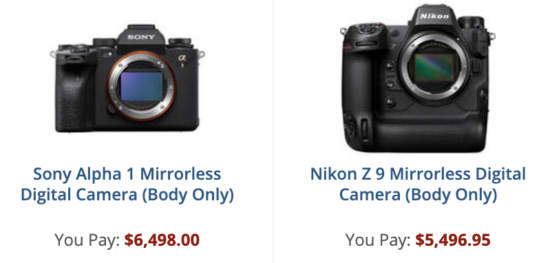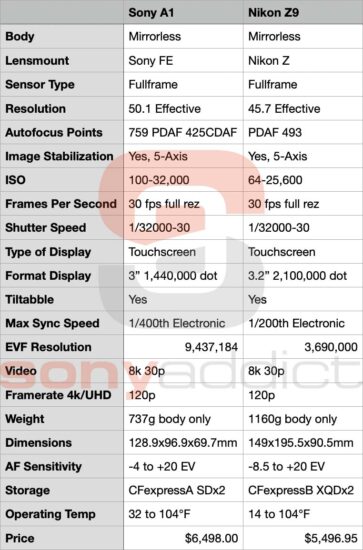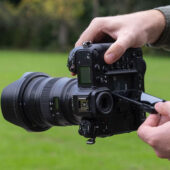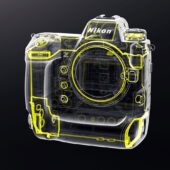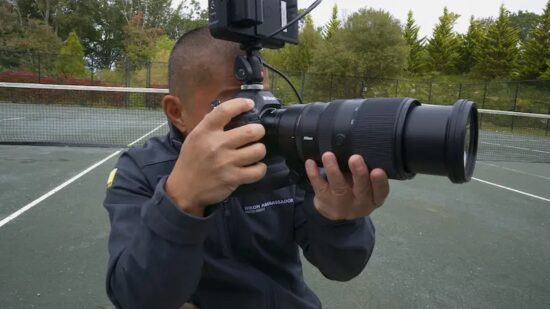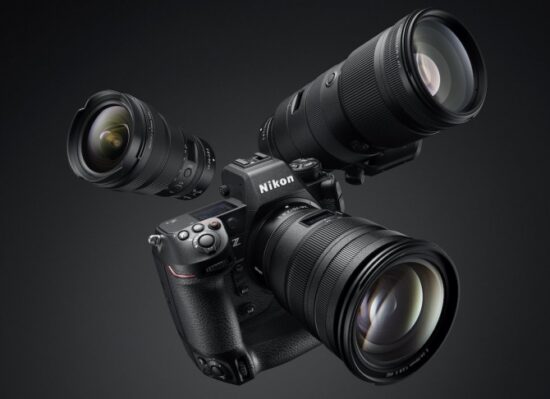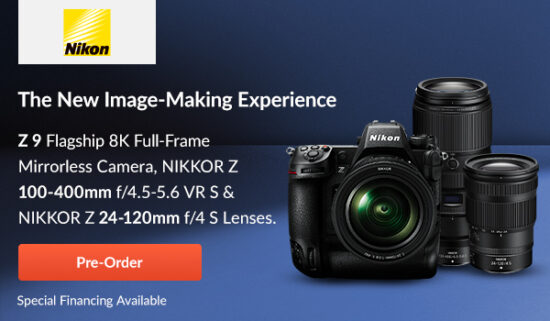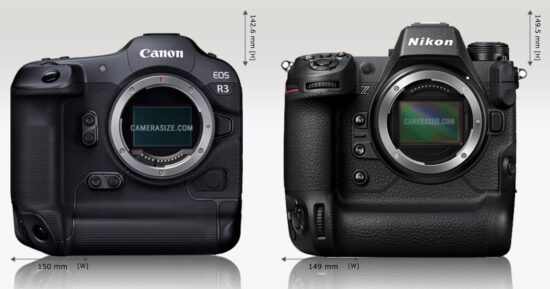
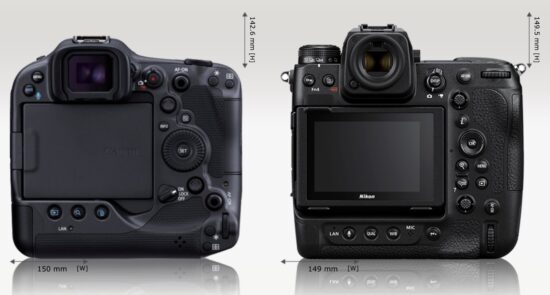
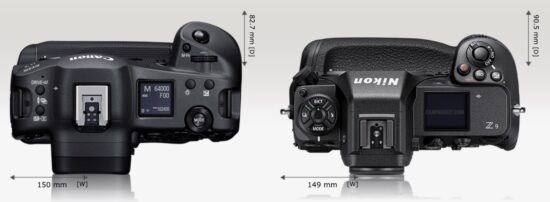
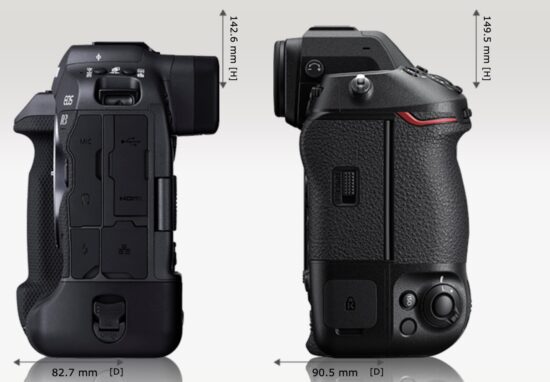
Canon EOS R3 ($5,999) vs. Nikon Z9 ($5,497) specifications comparison from B&H Photo (reminder: Canon still has to announce their EOS R1 flagship camera):






Search NikonRumors.com
 Custom Search
Custom SearchCategories
- Deals
- Flashback
- Nikon 1
- Nikon D3000
- Nikon D300s
- Nikon D3100
- Nikon D3200
- Nikon D3300
- Nikon D3400
- Nikon D3500
- Nikon D3s
- Nikon D3x
- Nikon D4
- Nikon D400
- Nikon D4s
- Nikon D5
- Nikon D500
- Nikon D5000
- Nikon D5100
- Nikon D5200
- Nikon D5300
- Nikon D5500
- Nikon D5600
- Nikon D5s
- Nikon D6
- Nikon D600
- Nikon D610
- Nikon D700
- Nikon D7000
- Nikon D7100
- Nikon D7200
- Nikon D750
- Nikon D7500
- Nikon D760
- Nikon D780
- Nikon D800
- Nikon D810
- Nikon D810a
- Nikon D850
- Nikon D90
- Nikon Df
- Nikon Df2
- Nikon DL
- Nikon Ebay Madness
- Nikon Flashes
- Nikon Humor Rumor
- Nikon KeyMission
- Nikon Lenses
- Nikon Mirrorless Camera
- Nikon Patents
- Nikon Point and Shoot
- Nikon Software
- Nikon Z1
- Nikon Z30
- Nikon Z5
- Nikon Z50
- Nikon Z50II
- Nikon Z5II
- Nikon Z6
- Nikon Z6II
- Nikon Z6III
- Nikon Z7
- Nikon Z7II
- Nikon Z7III
- Nikon Z8
- Nikon Z9
- Nikon Z9II
- Nikon Zf
- Nikon Zfc
- Nikon ZR
- Other Nikon stuff
- RED
- Top 10 Posts
- Weekly Nikon News Flash
- Weird
- [NR] Reviews
Archives
Tags
Adapters Black Friday Carl Zeiss CFExpress CFExpress memory card Chinese lenses for Nikon cameras CIPA DxoMark test results Firmware updates lens adapters for Nikon Z-mount lens only rebates Meike Nikkor Z-mount lens only rebates Nikon financial results Nikon full frame mirrorless camera Nikon large sensor mirrorless camera Nikon press conference Nikon price increase Nikon Rebates Nikon Sofort Rabatt Nikon sofortrabatt Nikon Z6 III Nikon Z9 professional mirrorless camera Nikon Zf Nikon Z mirrorless roadmap Nikon Z rebates photo editing deals and coupons photo editing tools pre-order Refurbished Sigma tamron Tamron lenses (Nikon mount) third party lenses for Nikon F-mount third party lenses for Nikon Z-mount to be discontinued... Topaz Labs coupon code TTartisan Underwater housing for Nikon Venus Optics Viltrox Voigtländer what to expect XQD memory cards [NR] Guest Posts
